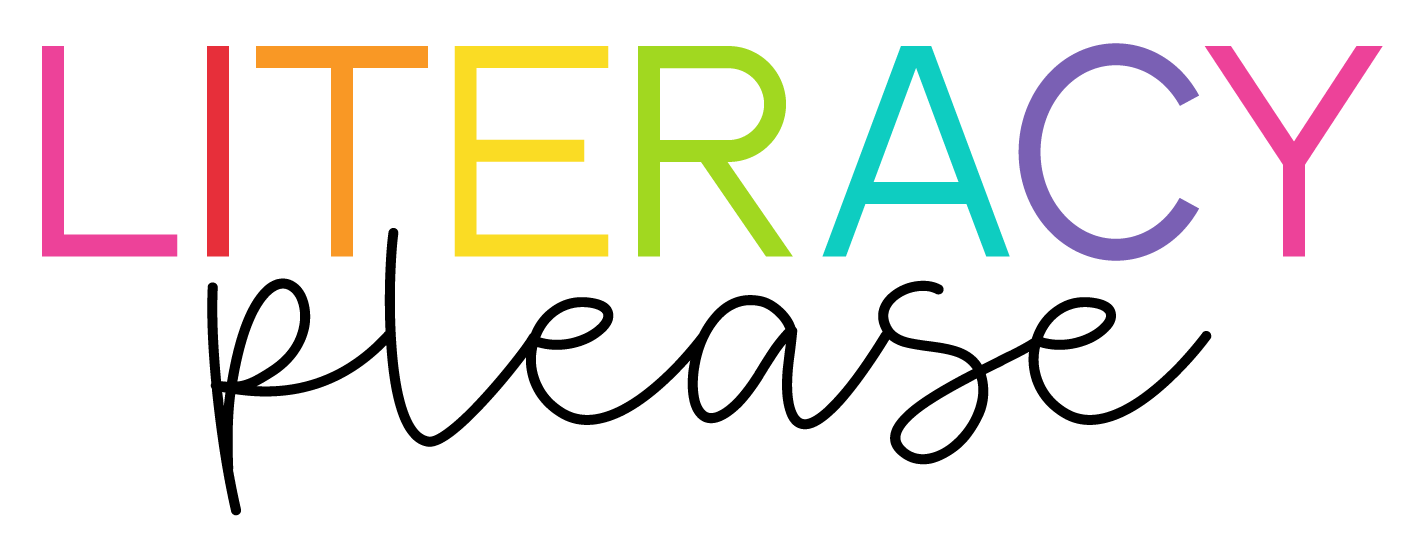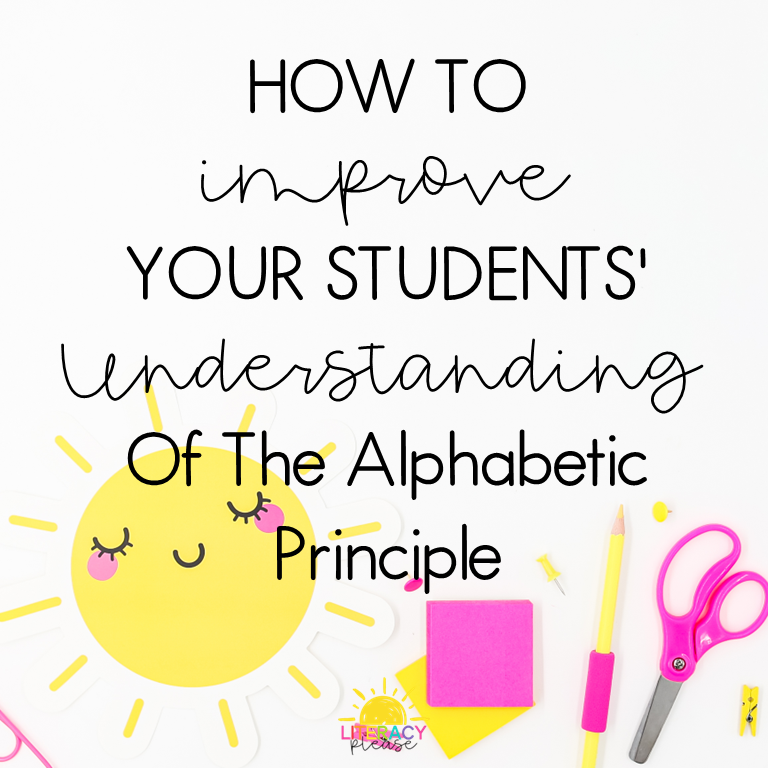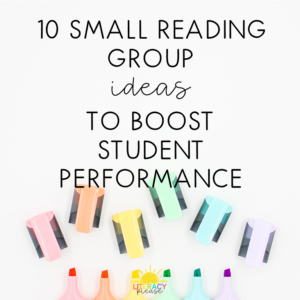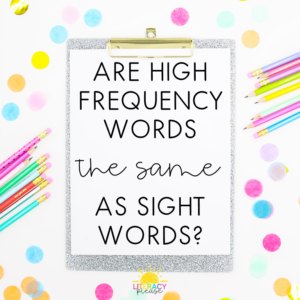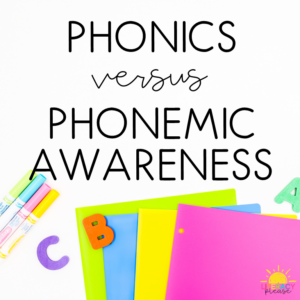So there’s plenty of ways to improve your phonics instruction, but this post is just about one of those ways. I kind of look at it as the cherry on top. As students learn spelling patterns, they’re becoming more familiar with the alphabetic principle. With that understanding, being able to label those patterns gives students an extra layer of knowledge when decoding and encoding words.
Alphabetic Principle
The alphabetic principle is the understanding that written letter and letter combinations represent spoken sounds. An understanding of this principle is indicative of good phonics instruction.
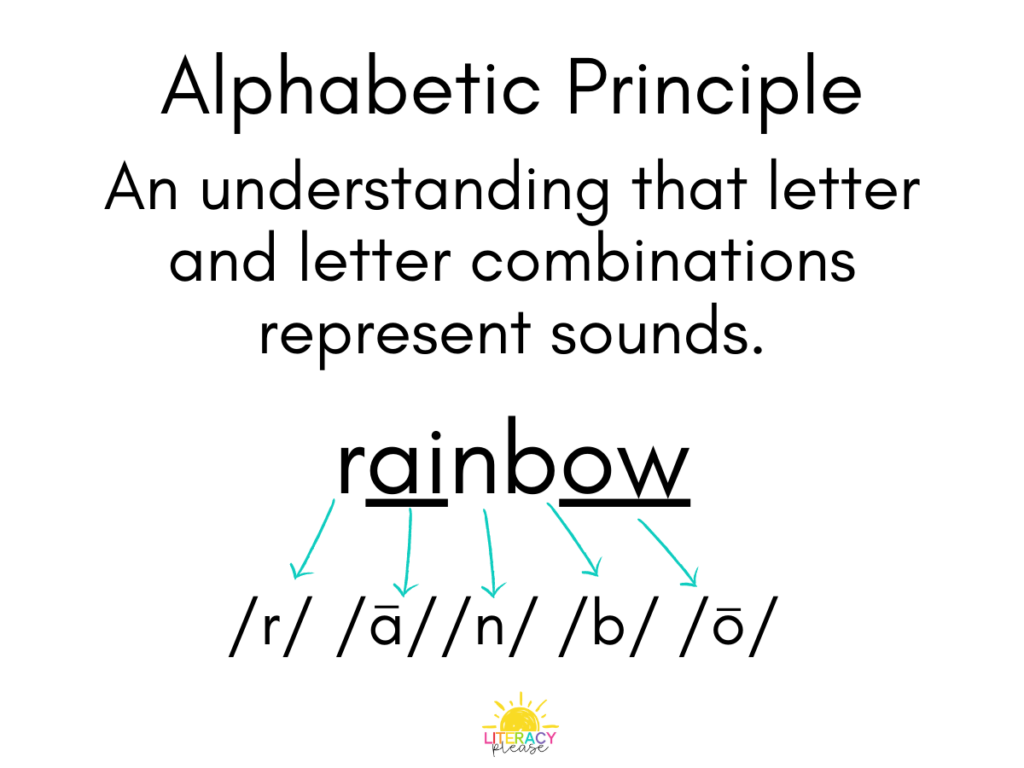
The best way to build upon the principle is by introducing skills and building on those skills that were previously taught. For example, once you’ve instructed on short vowels, you would probably begin teaching digraphs. So the words you would have your students decode would include short vowels, but not long vowels since that had not been covered.

Phonics Instruction and the Alphabetic Principle
Decoding is an important piece of phonics instruction. For our students to truly understand why letters and letter combinations make specific sounds, they must understand the alphabetic principle.
Looking back at the word rainbow, students can see that the word has 7 letters. But with the alphabetic principle, they understand that it only has 5 sounds because the ai and ow make one sound each.
A great way to practice this skill is to use sound, or Elkonin, boxes. While a box may include more than one letter, those letters represent one sound.

Labeling Words
As students become familiar with the types of sounds they’ll hear in words,—short vowels, long vowels, digraphs, blends, r-controlled vowels, vowel teams. . . — they can begin labeling the letter and letter combinations they find in words. The purpose is to keep your students aware of the various spelling patterns they’ll come across in reading and writing.
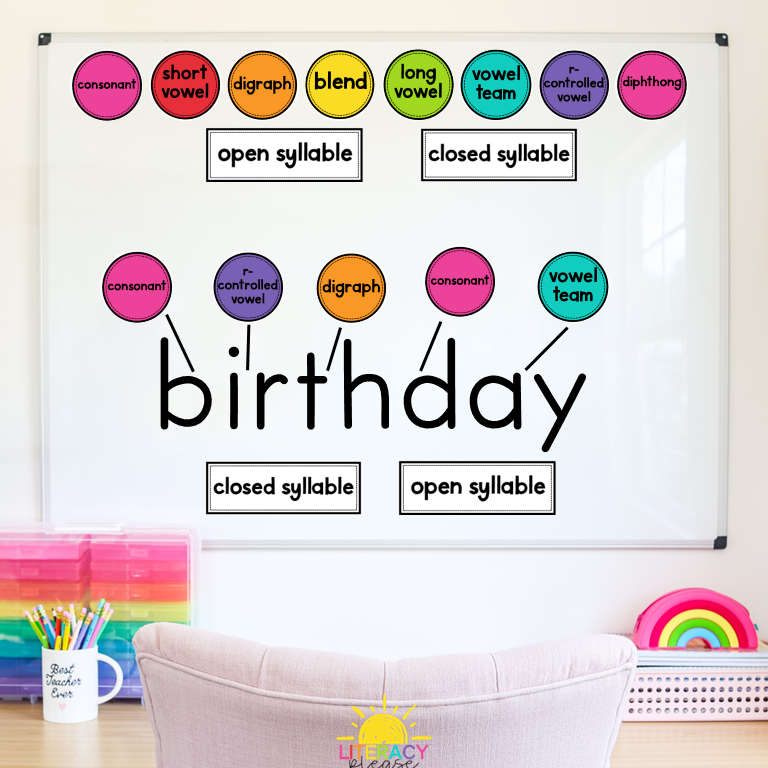
Get your word labels in The Nook and keep building your students’ understanding of the alphabetic principle.
